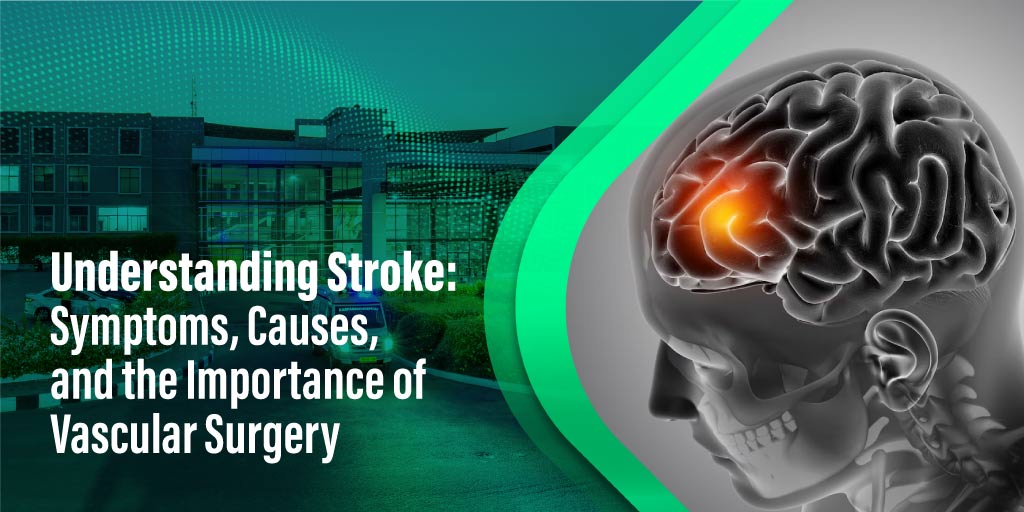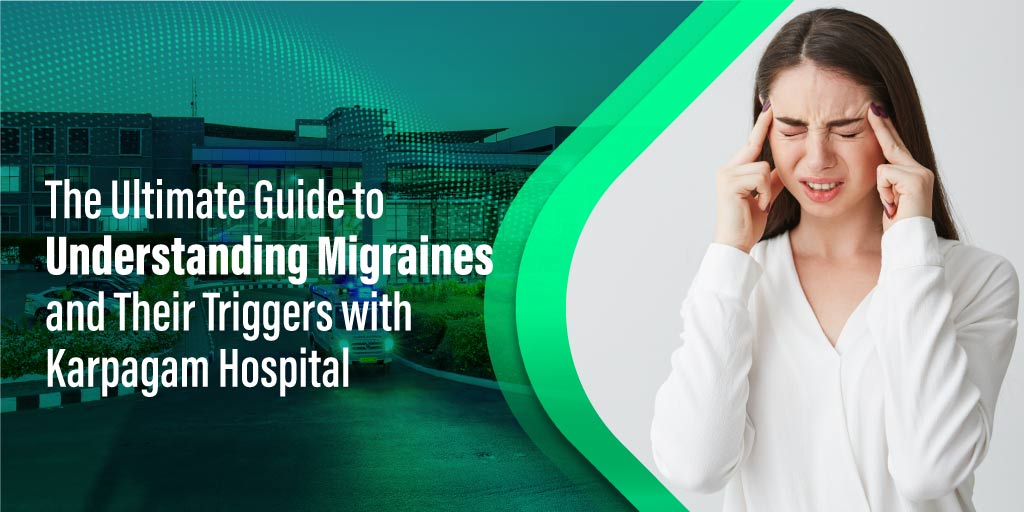Are you aware that stroke symptoms can appear quickly and out-of-the-blue? It is essential to recognize the symptoms and seek immediate stroke treatment from the best neurology hospitals in Coimbatore to ensure you get well soon.
In most cases, stroke is experienced when there is a blocked artery or when the blood vessel in the brain bursts interfering with the blood supply to the brain that results in bleeding. This does not allow blood and oxygen to reach the tissues and cells of the brain and causes stroke in most individuals.
Do you know? the lack of oxygen causes the brain cells and tissues to deteriorate in a matter of minutes. Hence, it’s vital to recognize stroke symptoms and get immediate diagnostics and therapy to ensure the well-being of the patient.
Every second matters when an individual is having a stroke, as it’s a life-threatening condition. Listed here are some of the warning signs that you need to watch out for:
- Feeling of being unsteady or suddenly losing balance
- Loss of vision in one or both eyes or having double vision
- A one-sided droopy smile which is due to muscle weakness or paralysis
- Inability to raise both arms together due to muscle weakness on one side
- Slight slurring of speech or having trouble choosing the right words
- If you see these symptoms immediately rush the individual to the best neurology hospitals
Who is most susceptible to getting a stroke?
From children to adults, anyone can experience stroke with an occurrence more common in people over 65 years of age.
Individuals with high blood pressure, high cholesterol, Type 2 diabetes, and people with a history of stroke, heart attack, or irregular heart rhythms like atrial fibrillation are at higher risk of getting a stroke.
It’s a well-known fact that stroke is very common, making it the second leading cause of death worldwide and also one of the leading causes of disability.
How does stroke influence the functions of the human body?
Stroke significantly influences your brain function similar to how a heart attack influences heart functions. When you suffer a stroke, it restricts blood flow to a part of your brain. Consequently, the brain cells do not get enough oxygen and become nonfunctional. And when they are deprived of oxygen for too long, they die.
When too many brain cells in a specific area of your brain die it leads to permanent damage, making you lose the abilities controlled by that part of your brain. By quickly reestablishing blood circulation, we can limit the extent of damage. Hence time is a critical aspect, and individuals who have suffered a stroke need to be treated immediately.
Let’s look at the three main types of stroke, the treatment outcomes and recovery process is significantly influenced by the type of stroke you experience:
- Ischemic stroke
- Haemorrhagic stroke
- Transient Ischemic Attack (TIA)
1) Ischemic stroke:
This type of stroke has the most occurrences, accounting for 80% of all strokes. When the brain cells do not receive enough blood supply and oxygen, due to the blockage in the blood vessels in your brain, it leads to Ischemic stroke.
This blockage occurs when a blood clot forms in your brain (thrombosis) or when a fragment of a blood clot from another part of your body detaches itself and travels through the blood vessels until it gets stuck in your brain(embolism).
If you are suffering for a long time with untreated high blood pressure, high cholesterol or high blood sugar, it can also block your small blood vessels (lacunar stroke) preventing them from supplying blood.
In a few cases, stroke (cryptogenic strokes) can also happen due to unknown reasons.
2) Haemorrhagic stroke:
When an artery or blood vessel in the brain breaks open, causing you to bleed and increasing pressure on the surrounding brain tissues. This causes inflammation in your brain thereby damaging the brain cells and tissues.
Haemorrhagic strokes happen in two ways and are called Intracerebral Haemorrhagic (IAH) strokes when bleeding happens inside of your brain. When bleeding happens in the area between the brain and the tissues surrounding the brain it’s called Subarachnoid Haemorrhagic (SAH) stroke.
3) Transient ischemic attack (TIA):
When there is a temporary blockage in the blood flow to the brain it leads to an occurrence of a ministroke, with symptoms similar to that of a full stroke. They typically last a few minutes or hours and disappear once the blockage moves and blood flow is restored.
It’s always best not to ignore when you suffer a TIA as it’s a warning that a full stroke can occur anytime. Immediately seek medical support, get stroke treatment and take the necessary preventive measures to ensure your well-being.
How is stroke diagnosed and treated:
Karpagam Hospital is one of the best neurology hospitals in Coimbatore that integrates cutting-edge facilities, advanced stroke treatment approaches and experienced neurologists to treat individuals suffering a stroke.
To diagnose stroke, our healthcare professionals will get to know about the stroke symptoms you experienced and your medical history to understand your risk factors to have suffered a stroke.
You will be evaluated for vision problems, balance, coordination, weakness, numbness in arms, face or legs and visible signs of confusion. They will also perform the necessary imaging and diagnostics to determine if you have suffered a stroke, what caused it, which area of the brain is affected and whether you have bleeding in your brain.
The stroke therapies are personalized based on the type of stroke, the patient’s age and medical history.
In the case of ischemic strokes, patients are provided with the necessary stroke medications or stroke treatments to dissolve blood clots or remove them, arteries are cleaned of plaque and supported with stents as needed. We also advise you on the necessary preventive measures that are to be taken to prevent further blood clots.
In the case of haemorrhagic stroke, patients are provided with the necessary stroke medications to lower the blood pressure and prevent seizures and compression of blood vessels and stroke therapies to repair the brain aneurysm and relieve pressure on the brain.
Besides emergency treatment, our neurology hospital’s healthcare team will advise you on adopting healthy lifestyle habits to prevent strokes in future.







